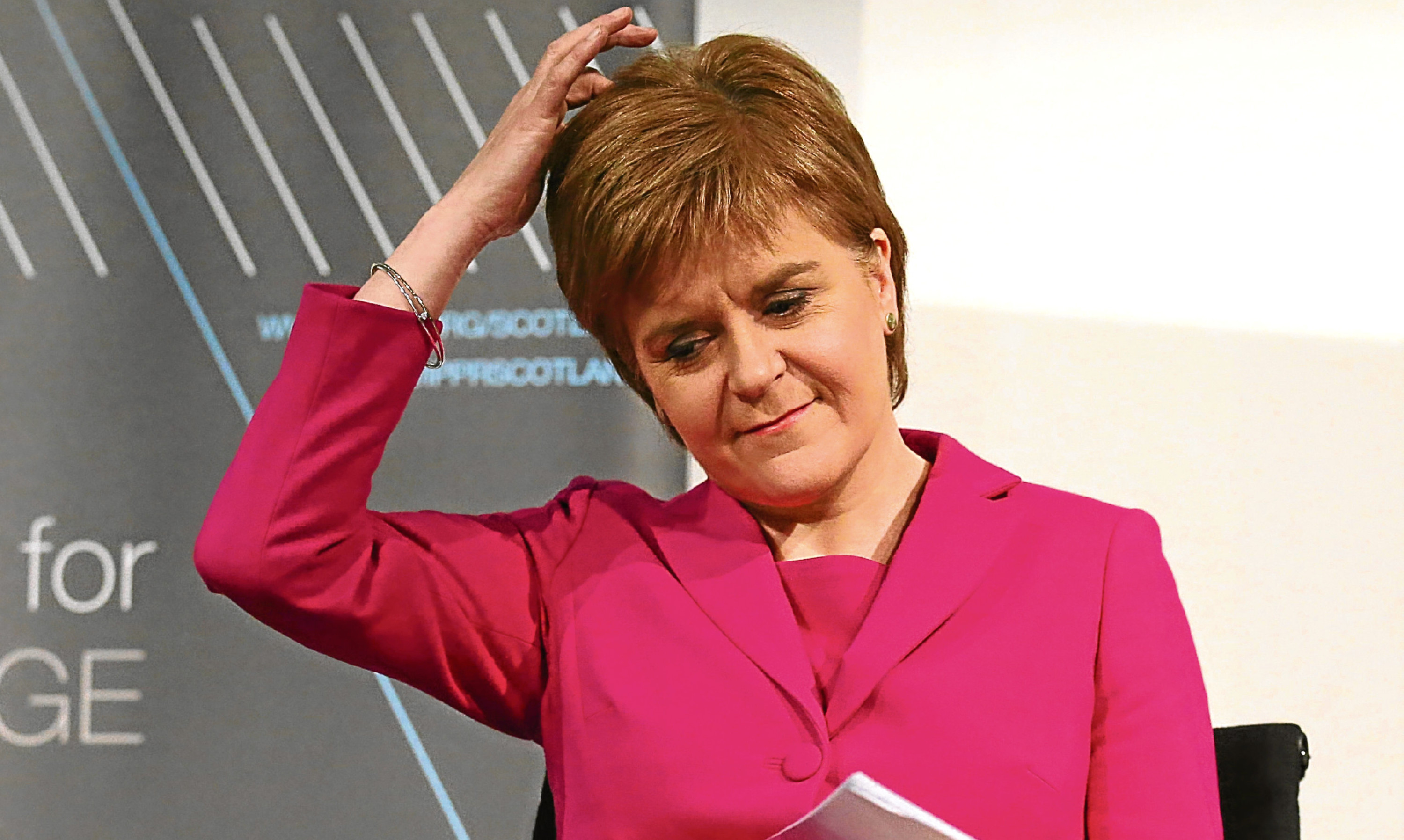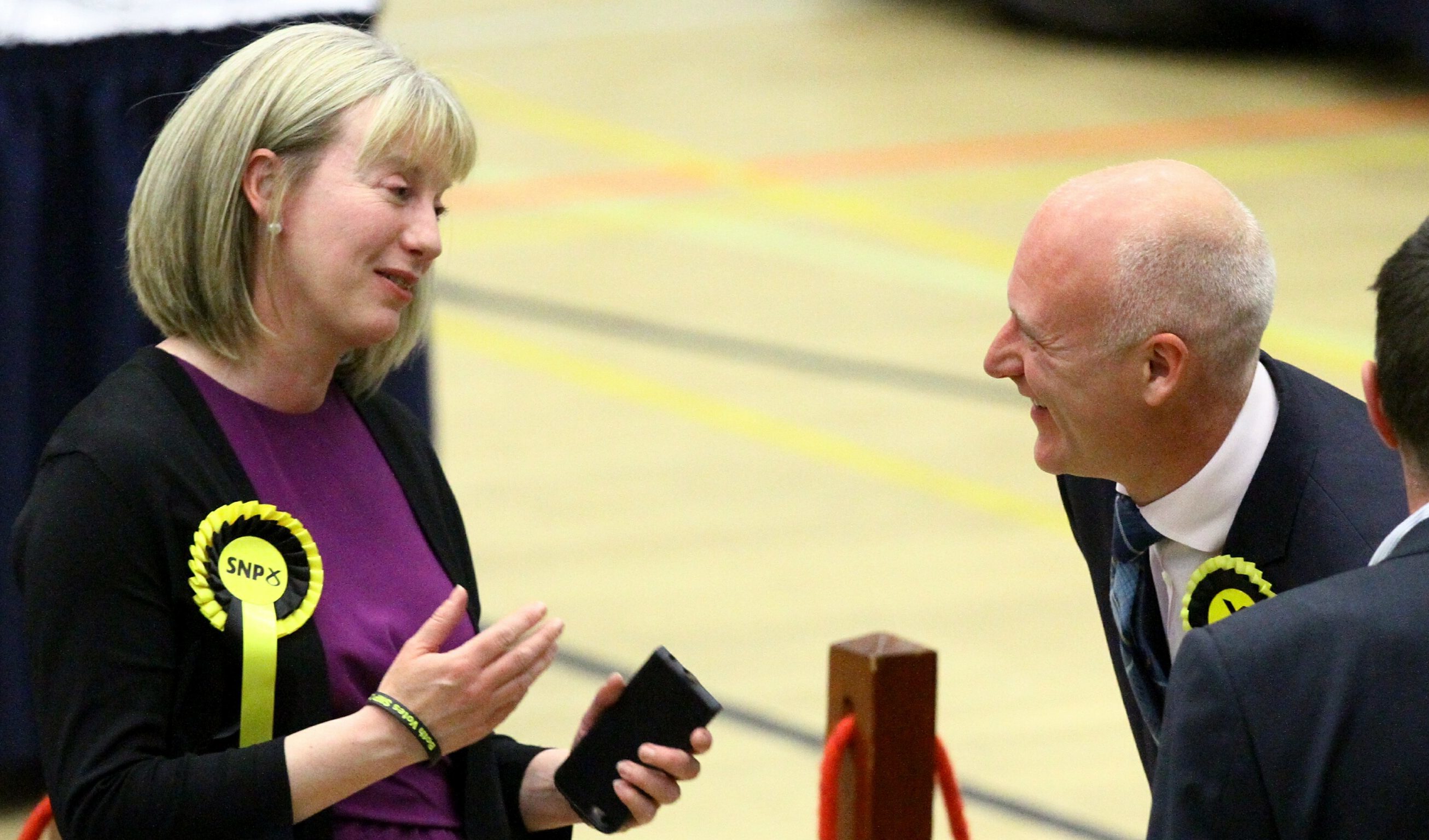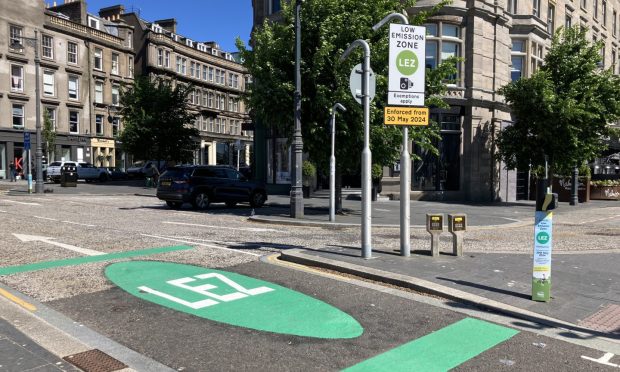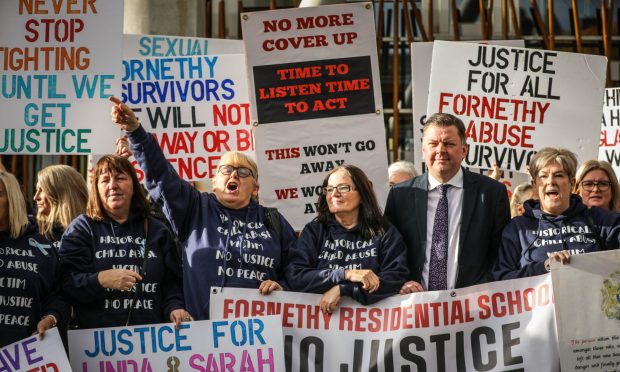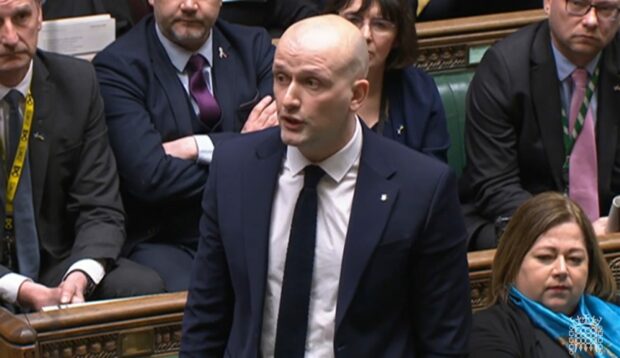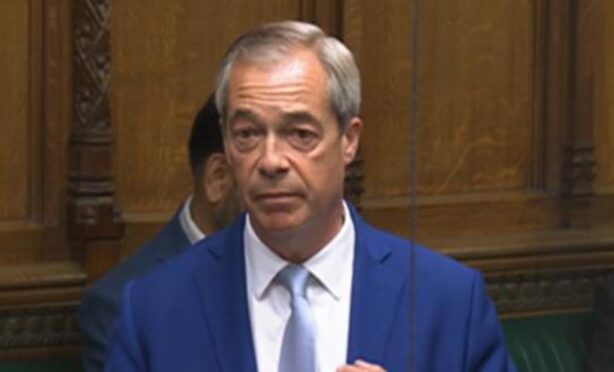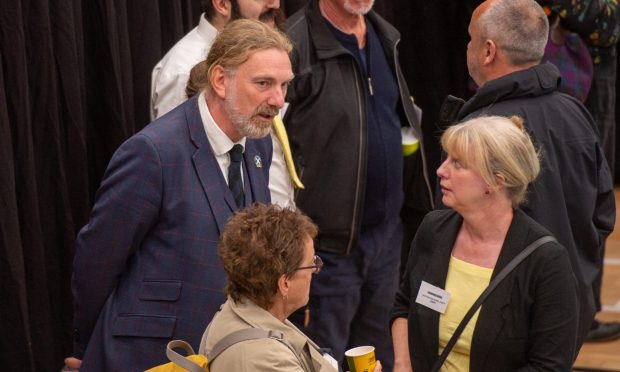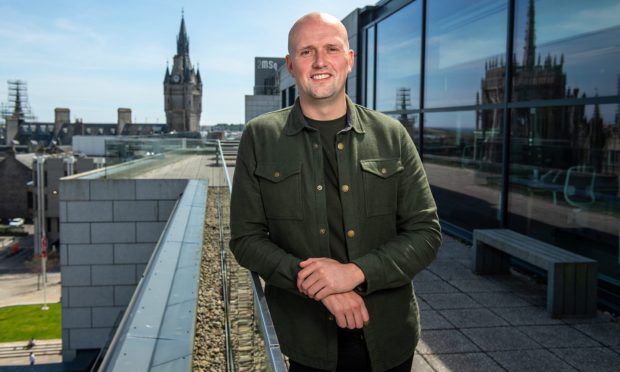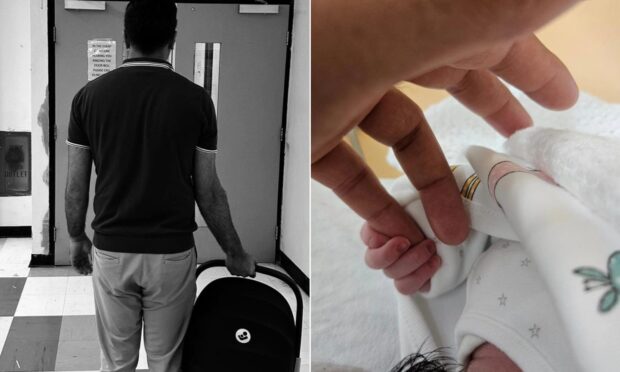Nicola Sturgeon has branded reports that she plans to hold a snap independence referendum next year “nonsense”.
The Mail on Sunday newspaper claimed the SNP leader and her closest advisers are “drawing up a secret step-by-step plan for their next push for independence”, with a vote planned for 2017.
A rerun of September 2014 has been mooted since the UK voted to leave the European Union, the only key trigger in the SNP’s manifesto which could force a return to the polls, and the First Minister has described a second plebiscite as “highly likely”.
But a spokesperson for Ms Sturgeon said: “The Mail on Sunday story is nonsense.
“There is nothing secret about the SNP’s intentions – as the FM has repeatedly said, we will explore every option to protect Scotland’s interests in the wake of the Brexit vote.
“To suggest that any such decision about an independence referendum has been reached is simply wrong.”
Ms Sturgeon has spent the weeks following the Brexit vote engaging with various politicians in Brussels in an attempt to seal a deal which would see Scotland remain in the EU.
Voters north of the border backed remaining part of the Brussels bloc by a margin of 62% to 38%, despite the UK-wide 52-48 Leave result.
The First Minister has confirmed a second independence referendum would be on the table if she cannot negotiate a deal which keeps Scotland in the single market and allows free movement of people.
She has also said it would take place before the UK leaves the EU so to ease the transition of Scotland potentially taking its place.
This would mean a vote within two years of the UK Government invoking Article 50, the formal mechanism to quit the alliance.
The Mail on Sunday quoted sources who were part of the Yes Scotland campaign group who believe the vote has to be held around a year before the conclusion of the UK’s 24-month negotiations.
The insider reportedly said: “The key point this time will be that, if Scotland votes to become independent and remain in the EU, it can enjoy all the economic benefits of that.
“If it leaves with the rest of the UK, there is a lot of economic uncertainty that goes along with that. It will be a much more convincing case on the economy.”
Prior to the EU referendum, SNP officials had suggested they wanted to wait until support for independence stood at 60% before calling another referendum.
A YouGov poll last month found 53% of Scots would vote No in an independence referendum, compared to 47% who would vote Yes. This compares to a 55-45 split in the 2014 vote.
Jackson Carlaw, the deputy leader of the Scottish Conservatives, said: “What happened to the 2014 referendum being a ‘once in a generation’ event?
“The SNP’s argument that Scotland is better off in the EU than the UK is plainly wrong. We export four times as much to Britain – and the voters will tell the SNP as much.
“The Nationalists really have to drop their talk of a referendum rerun and focus on the things that really matter.”
An SNP spokesman said: “Our focus is on negotiations to protect Scotland’s relationship with the EU and our place in the single market.
“Scotland needs the stability and security of remaining in the world’s biggest single market.”
